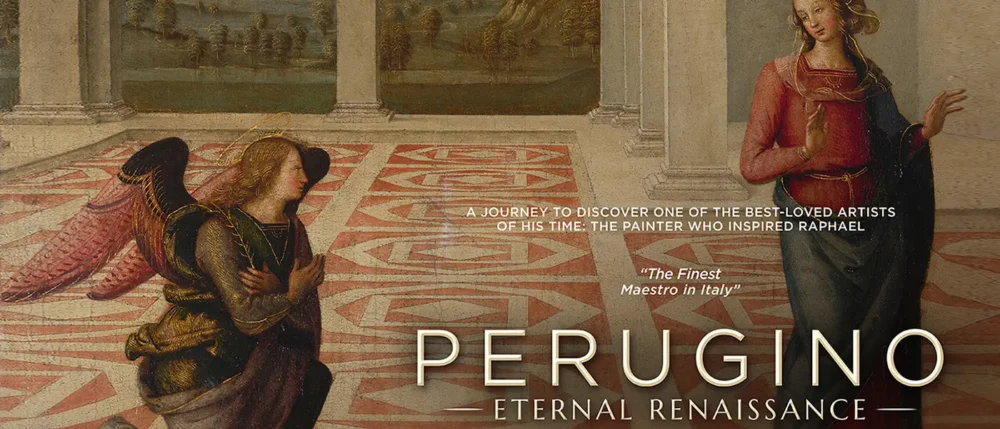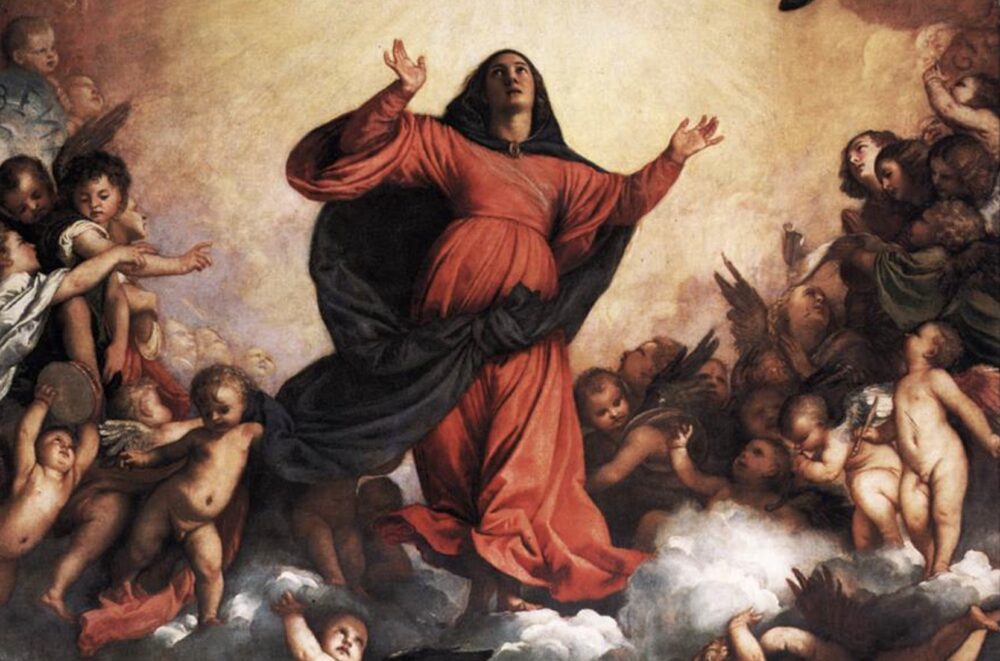
Winning over popes and emperors with his iconic, revolutionary works Titian succeeded in becoming one of the artists that symbolized the entire Renaissance.
Titian was an extraordinary master of color and a brilliant entrepreneur, innovative both in a painting’s composition but also in how to sell it. In only a few years, Tiziano Vecellio became the official painter of Venice and the utmost artist sought after by the richest and most influential Courts in Europe.
From Ferrara to Urbino, from Mantua to Rome, up to the Spain of Carlos V and his son Felipe II, Titian crossed his century illuminating it with his works of art, inspiring future generations of artists. Perfect interpreter of religion and mythology, portrayer of immediate expressive strength, he dominated his time outshining his contemporaries, always abiding by his motto: ‘Art is more powerful than Nature’.
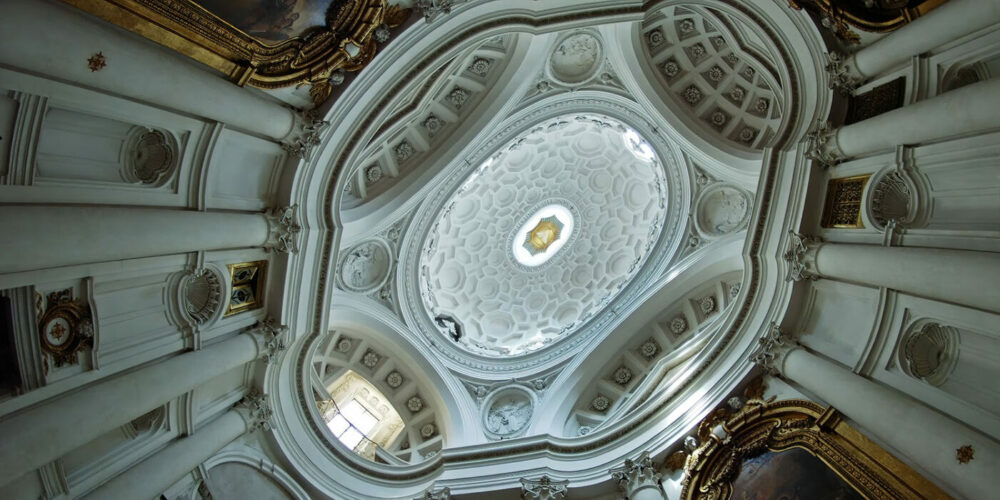
A journey into the great beauty of Baroque Rome, when the city was the centre of western art and where every ambitious painter, sculptor and architect had to be.
This is the story of the most famous artistic rivalry of all time, the one between Borromini and Bernini, but also the story of Borromini’s rivalry with himself: a genius so absorbed by his art that he turns it into a demon that devours him from the inside forcing him to choose death to reach eternity.
Borromini deprived himself of everything to pursue a dream: to conquer Rome. It is the story of the architectural revolution of a solitary maestro who changed the appearance of Rome forever, by pushing himself to his limit, but also by battling conventions and prejudices, with the humility to learn from the past to invent the future, with the courage to pursue an idea despite knowing he would pay the price in the end.
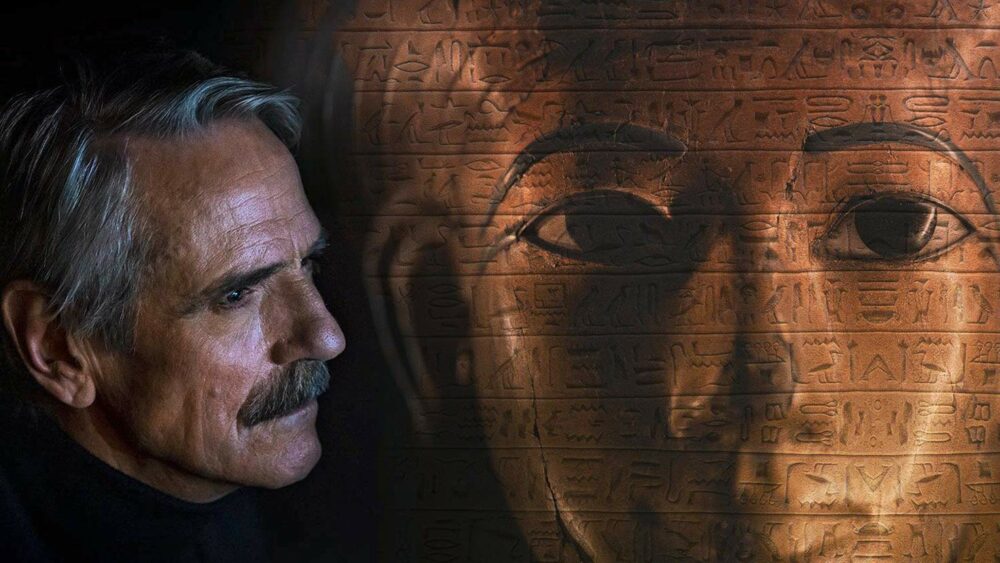
This documentary is a journey among the most beautiful archaeological finds Egypt has left us.
Kha, architect and builder of tombs for the pharaohs, must undertake the journey to the Underworld. Telling us the story of his voyage is Jeremy Irons, in the guise of a narrator. His words take us inside the secret world of Egyptian mythology, religion and funerary culture, interweaving the story with the history of the oldest museum in the world, the Museo Egizio in Turin, founded in 1824 and will soon be celebrating its 200th anniversary. In fact, the Kha’s own Tomb is to be found in Turin along with the most complete and most valuable private collection of grave goods outside of Egypt.
A journey along the Nile , among the most beautiful archaeological finds Egypt has left us, the magnificent monuments of Giza, Luxor, Karnak, to the Valley of the Kings and the workers’ village of Deir el-Medina, the story told by Irons follows the tracks of Italian explorers and archaeologists – their itineraries also leading to the exhibition halls of the Cairo Museum, the Ägyptischen Museum in Berlin, the British Museum in London and the Louvre in Paris.
From Ramesses II in Turin, to the treasure of Tutankhamun in Cairo, the bust of Nefertiti in Berlin, the Red Scribe in the Louvre, and the Rosetta Stone in London.
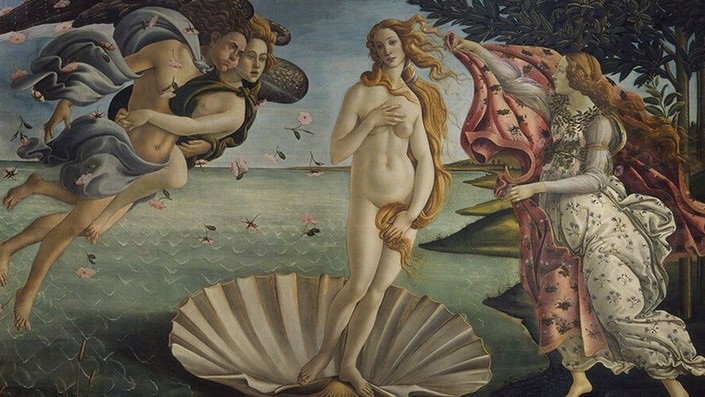
Florence and the Uffizi Gallery is a journey into the Italian Renaissance through the most beautiful, representative works of art of the period. It is a totally immersive and unique experience and allows the audience t0 see, listen, feel and savor the most outstanding and celebrated breeding ground of creativity in the history of art.
The film follows a trail of over 10 museums and 150 artworks amongst the most well-known in the world. It is an artistic foray into Florence taking in everything from the Brancacci Chapel to the Bargello National Museum, from Palazzo Medici, to the narrow city streets and Brunelleschi’s Dome, from Palazzo Vecchio to the Uffizi Gallery and the Accademia Gallery, without neglecting picture postcard places such as the Ponte Vecchio and Piazza della Signoria.
Florence is the artistic home to legendary figures like Michelangelo, Brunelleschi, Raphael, Leonardo and Botticelli.
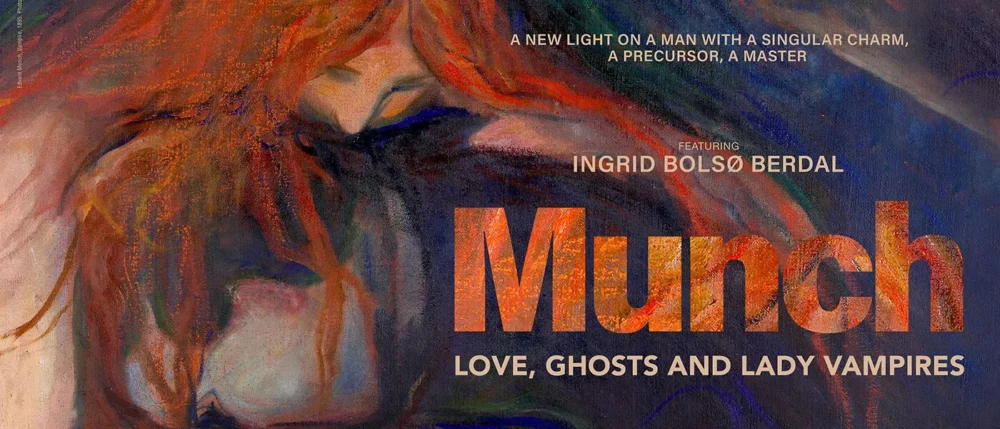
This documentary film strives to shed new light on Edvard Munch, a profoundly mysterious, fascinating man; a trailblazer and a master for everyone who came after him. At the same time, it is also a journey through Munch’s Norway, in search of the roots and identity of a universal artist, who invites us to question the main theme of his multifaceted work: his idea of Time. Munch wrote, “I do not paint what I see, but what I have seen.” And indeed, he repeated his subjects, painting and repainting the same images and storing them in his studio, laying the foundations for producing Multiples. His personal concept of Time is reflected in a delicate, original balance between past and present, a tool for living one’s existence, a bridge across the dimensions of the universe in order to make contact with the world of ghosts and spirits.
